
Known for her book Pride and Pudding on great British puddings, Ysewijn, a judge on the Flemish version of The Great British Bake Off, has this time delved into "Low Country" baking and its history.
Historically "Low Country"includes Belguim, the Netherlands, Luxembourg, French Flanders and the German border region but borders have changed over the years so Ysewijn is concentrating on Belgium with "expeditions" into the other regions "because baking doesn’t know any borders".
"Borders have shifted while culture has remained in place. You can change the name and ownership of a region, but you cannot change its customs. Hence we share vlaai in Dutch and Flemish Limburge and filled waffles in West Flanders and French Flanders."
Ysewijn says baking really shows the heart of a food culture.
"Towns proudly baking their vlaai, their peperkoek or their regional gebildbrot — figurative shaped bread for festive occasions.

As the first printed cookbook in the Dutch language in around 1510 is dedicated to recipes for weddings, banquets and other festivities, Ysewijn’s latest book is loosely arranged by feast and festival starting from the 12 days of Christmas, with waffles and winter breads; pancakes for Candlemas and Carnival (week before Lent); pretzels for Lent; vlaai and friend dough for Kermis and all the special sweet treats of Saint Nicholas and Saint Martin.
She researched six centuries of cookery texts and looked at Flemish and Dutch art from the 16th and 17th centuries which often placed food in a central and allegorical place, particularly works by Pieter Bruegel.
The book includes essays on the history of the different types of bakes goods like the Belgian Waffle — it is actually a United States concept born in New York in 1964 while the real Brussels waffle was born in 1874, the vlaai, a sweet pie or tart that usually contains fruit, rice pudding or a mixture of bread and old buns soaked in milk and spices or peperkoek and speculaas, the Low Countries’ gingerbread which originated from the early honey cakes made in monasteries.
The book
Images and text from Dark Rye and Honey Cake by Regula Ysewijn, photography by Regula Ysewijn. Murdoch Books RRP $59.99.
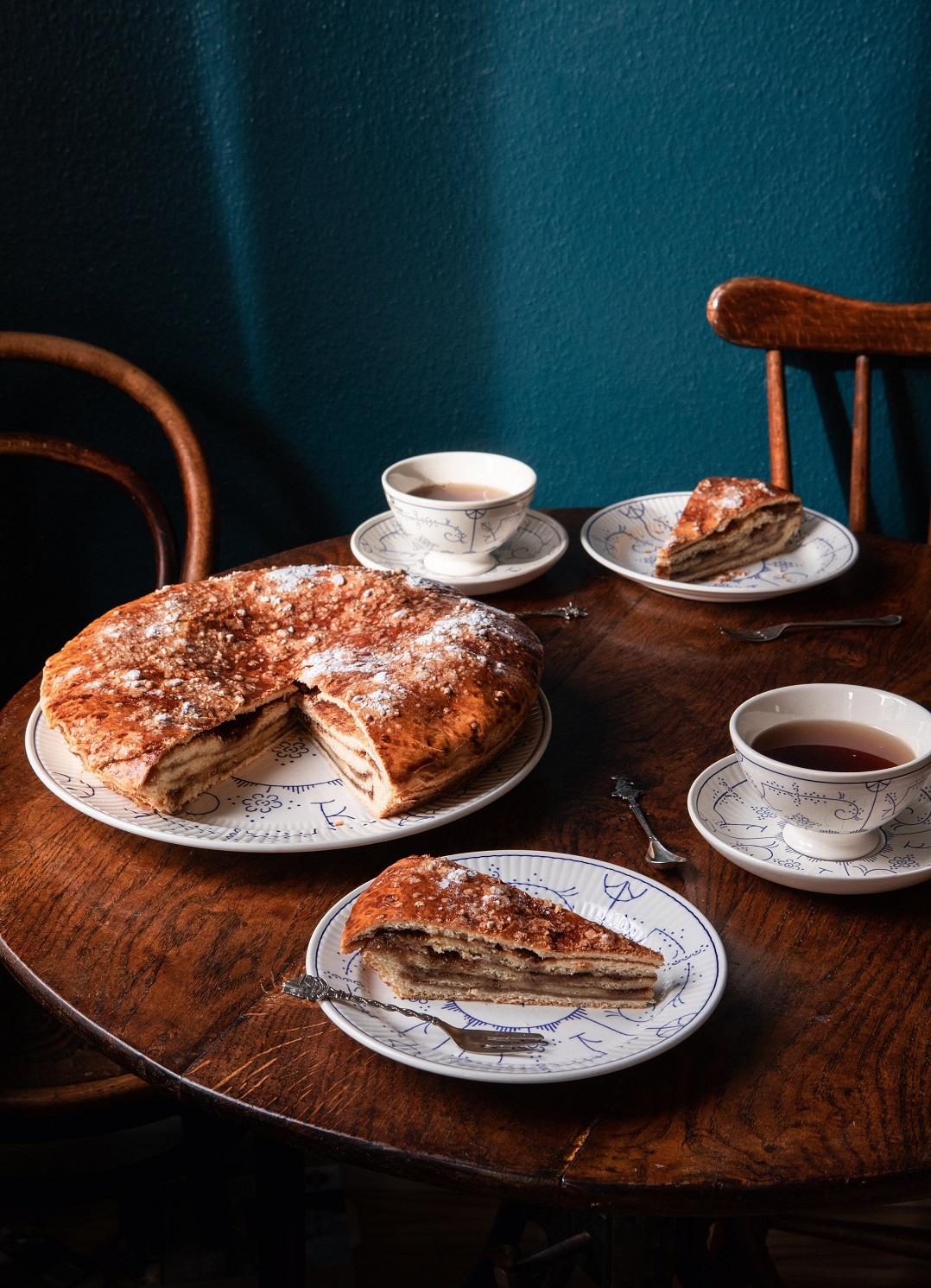 Vaution de Verviers
Vaution de Verviers

The vaution or votion in Wallonia is a sugar tart from Verviers. It is basically a huge cinnamon bun, but instead of rolling the layered pastry, the pastry is stacked. Linguists think the name comes from vote, which means "pancake" in Walloon: five discs of enriched yeast dough are stacked, with sugar, cinnamon and butter between them to create a syrup that seeps through the dough. Vaution is related to the tart au sucre but its architecture is completely different. It is preferably eaten lukewarm and is popular during the Liege fair.
Makes 1 large tart
For the pastry
1kg strong (bread) flour
50g light brown sugar
300g unsalted butter, softened
20g instant dry yeast
2 eggs
400ml full-fat milk
20g salt
1 beaten egg, for egg wash
2Tbsp icing (confectioners) sugar, for dusting
For the filling
300g caster (superfine) sugar
100g dark brown sugar
1 Tbsp ground cinnamon
150g unsalted butter, chilled
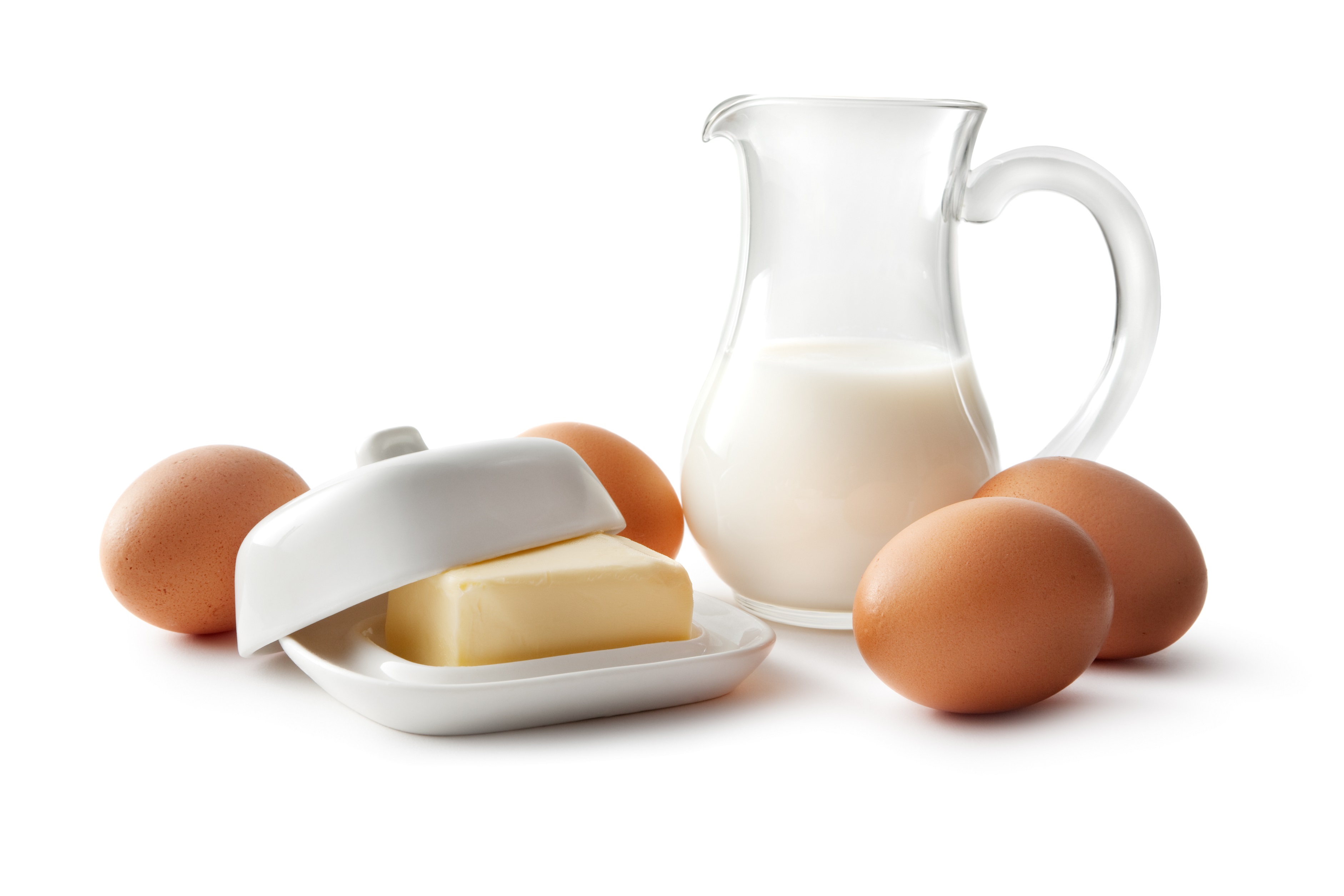
Use a 30-32cm enamel pie plate or tin, greased and floured.
For the pastry, combine the flour, sugar, butter and yeast in a large bowl or the bowl of an electric mixer fitted with a dough hook. Add the eggs and half of the milk and start kneading. When the liquid is completely absorbed, pour in the rest of the milk and knead for 5 minutes. Let the dough rest for 5 minutes, then add the salt and knead for 10 minutes, until it has come together in a smooth and elastic dough that is neither too dry nor terribly wet.
Divide the dough into 2 pieces of 415g each and 3 pieces of 350g each and shape into neat balls. Cover the dough with a tea towel and set aside for 1 hour until it has almost doubled in size.
Meanwhile, for the filling, mix the sugars and cinnamon together and chop the butter into 20 cubes.
When ready to assemble the tart, roll out one of the larger dough balls until it is as wide as the prepared pie tin and about 3mm thick, and lay it in the tin. Roll out one of the smaller balls and, if you have space to put them, roll out the other balls too.
Preheat the oven to 180degC. Do not use the fan setting.
Scatter 3 tablespoons of the sugar mixture over the base dough, leaving 2cm clear around the edge of the dough, then dot with 5 cubes of butter. Brush the edge with the egg wash, then lay a smaller disc of dough on top of the filling. Repeat with the sugar mixture (this time all the way to the edge) and another 5 cubes of butter, offsetting the butter from the positions in the layer below. Lay another of the smaller discs of dough over the top and do the same.
Repeat with the third small disc of dough and the remaining sugar mixture and butter. Lay the other large disc over the stack and secure it to the base layer around the edge, crimping the pastry together as neatly as you can using either a folding technique or a fork or pastry stamp. Brush all over the top with the egg wash, then sift the icing sugar over the top.
Bake on the second shelf (just under the middle) of the oven for 30–35 minutes until golden brown with white patches from the icing sugar.
This tart is best served when still a little warm, but is also good cold. Slice it in large wedges. The next day you can reheat pieces in a hot oven, or on a rack on top of a toaster.
 Piot
Piot

Piot means a small person, but can also mean a soldier. Whichever you prefer, it is also a small long bun packed with raisins, sold in the market in Antwerp, and it is one of the treats I longed for each Friday when it was market day. These piot buns are placed close together on the baking tray, to cosy up against the other buns so they can be torn apart. They look a bit like soldiers in a regiment, so maybe that is why they are called piotten. This is a type of special-occasion bun that was also baked with enriched dough, as for the kramiek, craquelin and other celebratory loaves. In the Netherlands these buns are called schootjes.
Makes 16 buns
Ingredients
200g raisins or currants
130ml water
500g strong (bread) flour, plus extra for dusting
25g caster (superfine) sugar
75g unsalted butter or lard, softened, plus extra for greasing
7g instant dry yeast
1 egg
150ml full-fat milk
5g sea salt
1 beaten egg yolk, plus 1 Tbsp milk, for egg wash
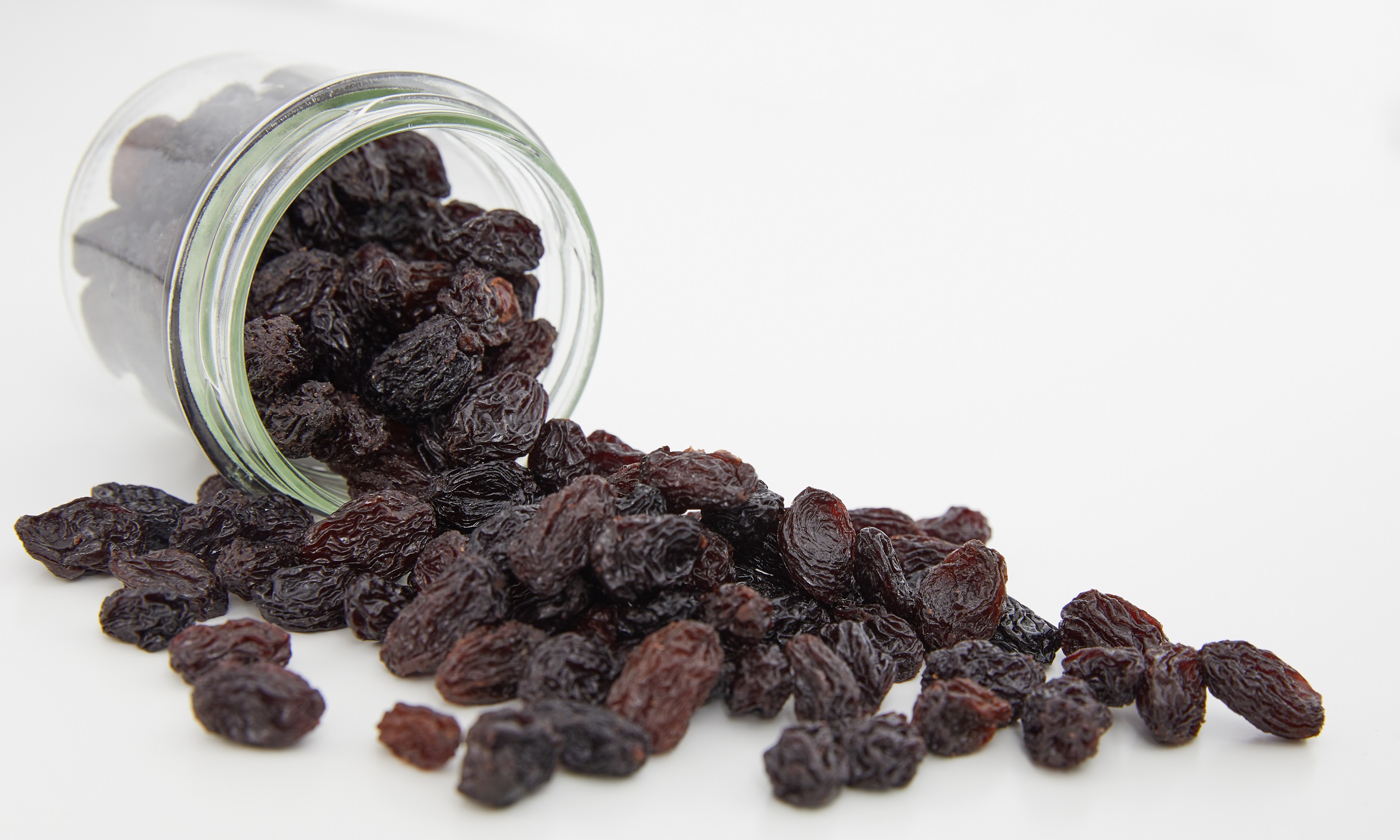
Soak the raisins or currants in 2 tablespoons of the water for 1 hour, then drain.
Meanwhile, combine the flour, sugar, butter and yeast in a large bowl or the bowl of an electric mixer fitted with the dough hook. Add the egg and pour in the milk and start kneading. When completely absorbed, pour in the remaining water and knead for 5 minutes. Let the dough rest for 5 minutes.
Add the salt and knead for 10 minutes. Rest the dough, covered, for 30 minutes and then knead briefly.
Finally add the soaked currants and raisins and knead carefully, or on slow speed, to mix in the fruit without crushing it. Cover the dough and set aside for 1 hour until it has doubled in size.
Divide the dough into 16 portions and shape into long narrow finger buns of 16 x 2 cm. Place the buns close together on a baking tray lined with baking paper, with not too much space in between as they are supposed to stick together. Cover and set aside to rise again for 1 hour.
Preheat the oven to 210degC . Do not use the fan setting. Brush the top of the piot buns with the egg wash and bake for 15 minutes or until golden brown.
Cool on a wire rack.
The best way to eat these piot buns is from a paper bag in the street.
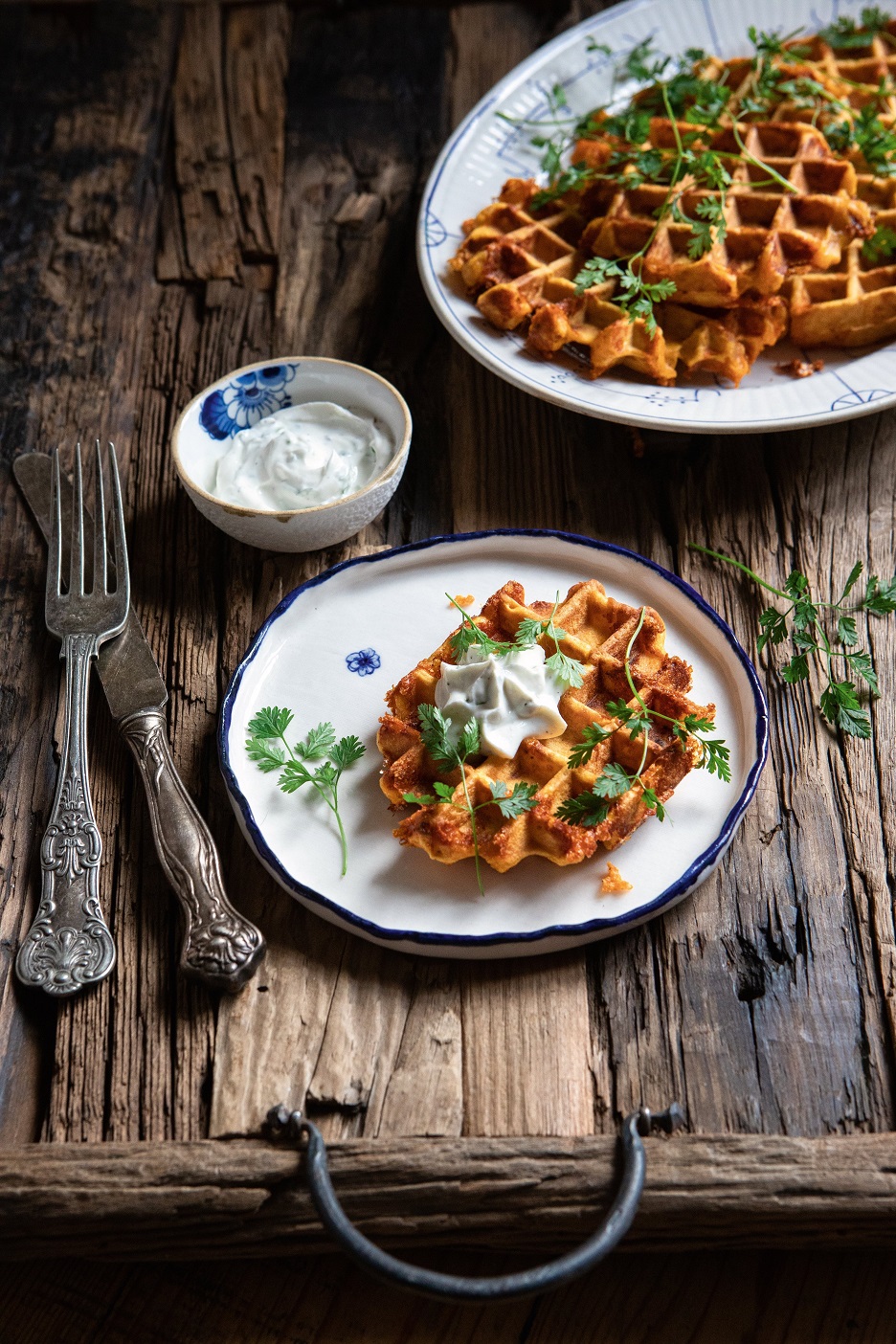 Savoury sweet potato waffles
Savoury sweet potato waffles

These waffles are the best savoury waffles you will ever make – in my humble opinion, anyway. The spices provide a subtle flavour in the background: they aren’t meant to be pronounced, just to support. I serve them with our traditional platte kaas (quark or fromage blanc), which is also used in the cheesecakes of Wallonia or smeared on to bread, topped with radishes and served with Gueuze beer.
Makes 10 medium waffles (2 per person, for lunch or breakfast)
Ingredients
400g sweet potato
50g unsalted butter
100g cheese, such as semi-mature gouda, cheddar or red Leicester
100g strong (bread) flour
100g plain flour
¼ tsp baking powder
¼ tsp sea salt
¼ tsp smoked paprika
¼ tsp ground cumin
1 Tbsp dried bruschetta, herbs or oregano
2 eggs, separated
50ml full-fat milk
To serve
Flat-leaf parsley
Platte kaas (fromage blanc, quark) or sour cream or skyr
Cracked black pepper
Chervil sprigs
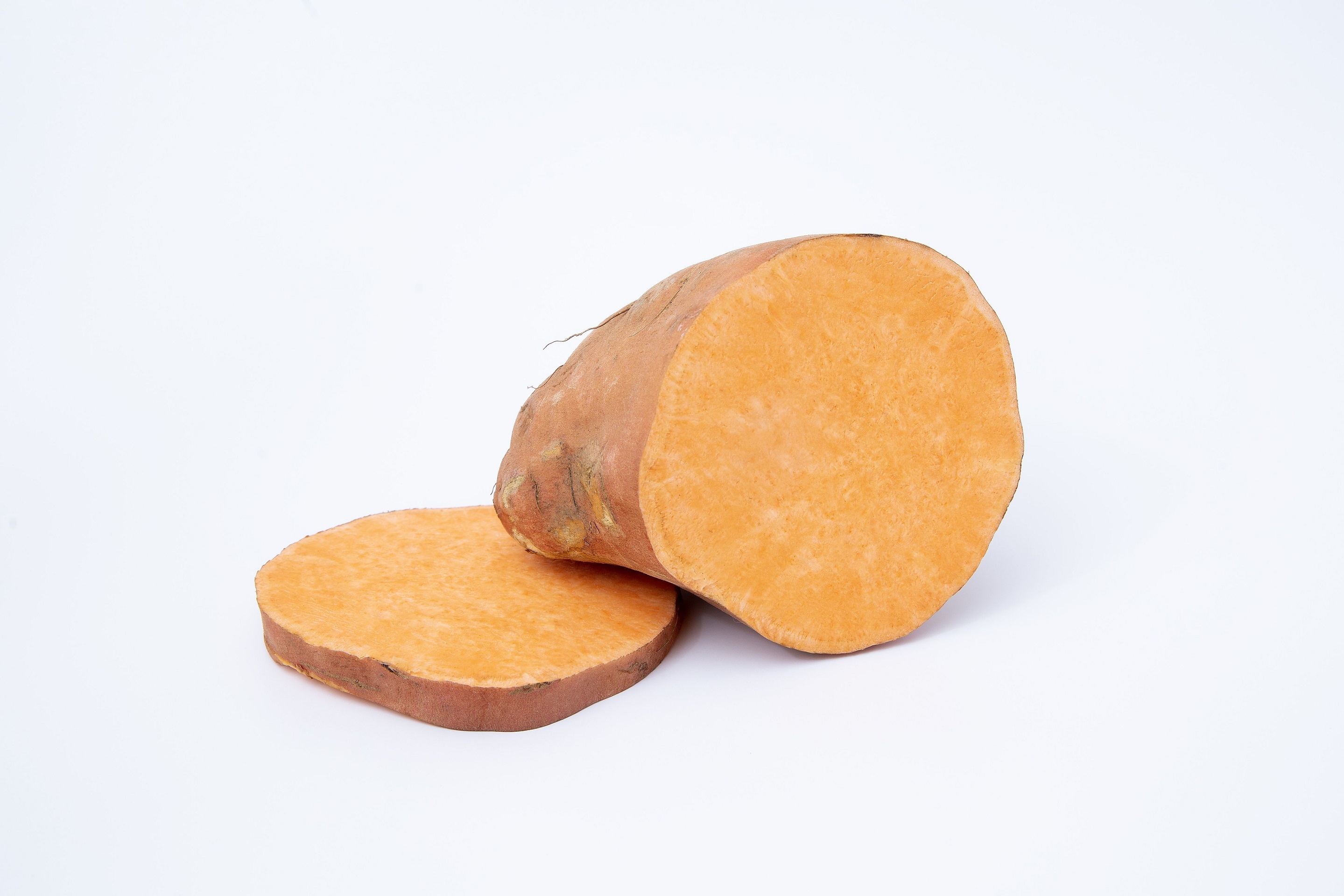
There are two ways to go about cooking the sweet potato: if you are feeling organised you can put the whole unpeeled potatoes into the oven along with your evening meal and bake them until soft (this is the way that will yield the most flavoursome result and it’s so easy you will definitely remember to pop in a sweet potato or two next time). The oven temperature isn’t important as long as you don’t go over 200degC – just squeeze the potato after 30 minutes to see if it is soft; the skin will be wrinkly if it’s ready. You can keep the cooked potato in the fridge for up to three days after cooking.
The second way is to cook the sweet potato on the day you’re making the waffles. If you can find small ones, cook them whole as it will improve the flavour, but if they’re large cut them into cubes and keep an eye on them so they don’t fall apart. Depending on the size of the potatoes, cooking them will take about 20 minutes.
Scoop the flesh out of the potato peel or toss the cubes into a food processor and blend to a puree, then let it cool.
Meanwhile, melt the butter in a small saucepan over low heat so it doesn’t bubble, then let it cool. Grate the cheese.
Put both the flours, baking powder, salt, spices and herbs into a large bowl and mix well.
In a separate bowl, whisk the sweet potato puree and the melted butter together until well incorporated.
Add the egg yolks and milk, then add this mixture to the flour mixture. Stir until combined, then whisk the egg whites to stiff peaks and fold them into the batter with the grated cheese.
Heat a plain waffle iron. Place a dollop of batter on the iron and bake each waffle for three minutes or until golden.
Chop some parsley and add it to the cheese or sour cream. Add the pepper,
as much as you like, and stir to combine.
Serve the waffles with the cheese mixture, scattered with the dainty leaves of chervil, which will give a delicate flavour. Other delicate salad leaves will work too.
Freeze leftovers or keep in an airtight container. The next day, or after thawing, simply heat up in a hot waffle iron or a toaster.












